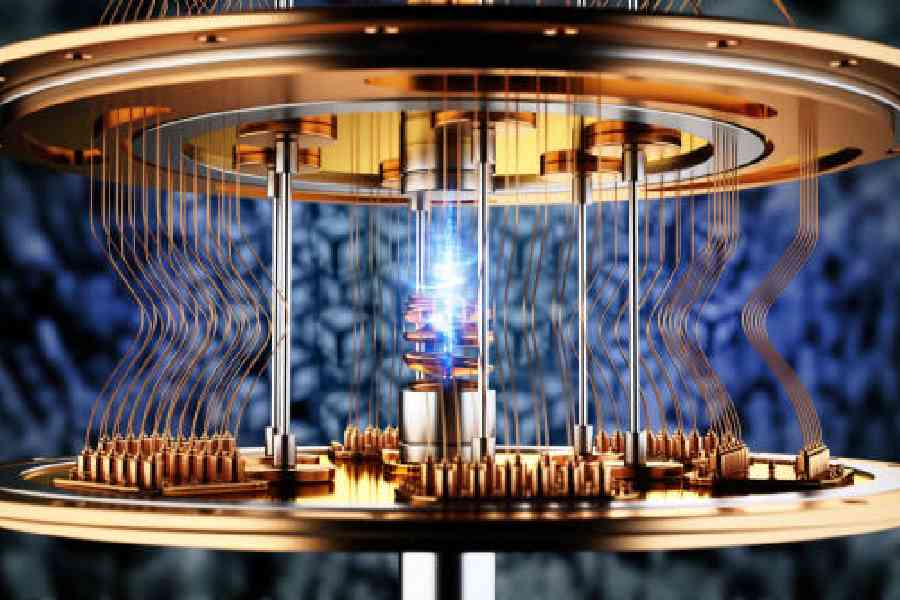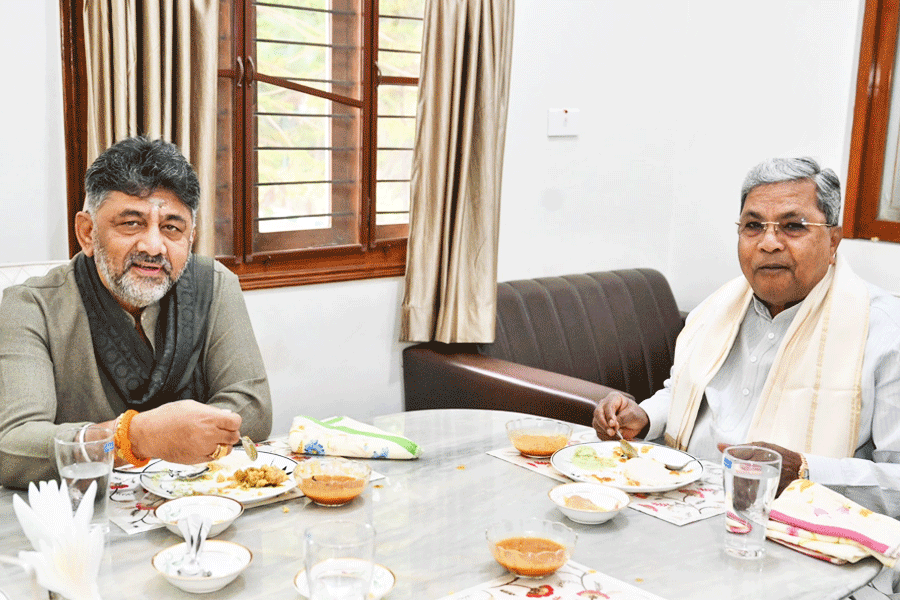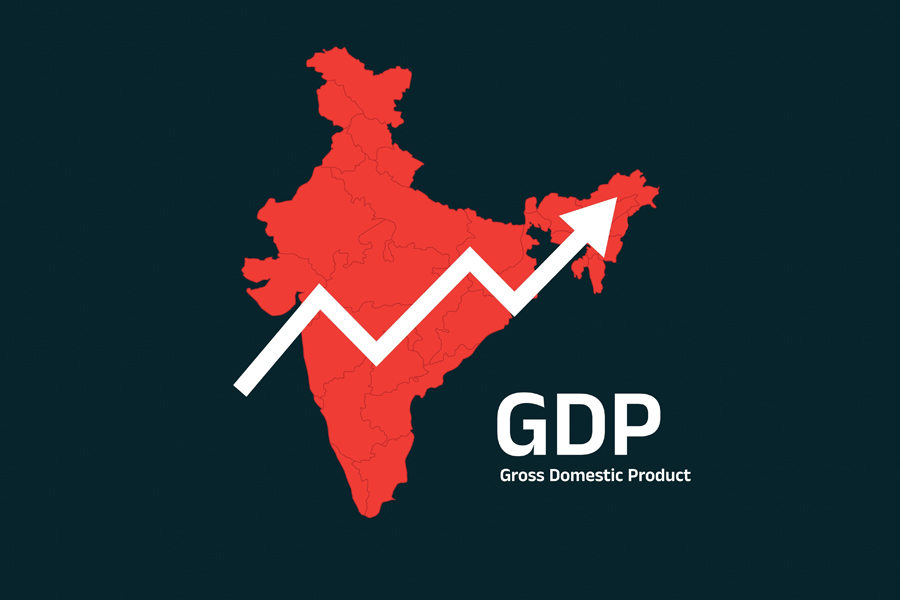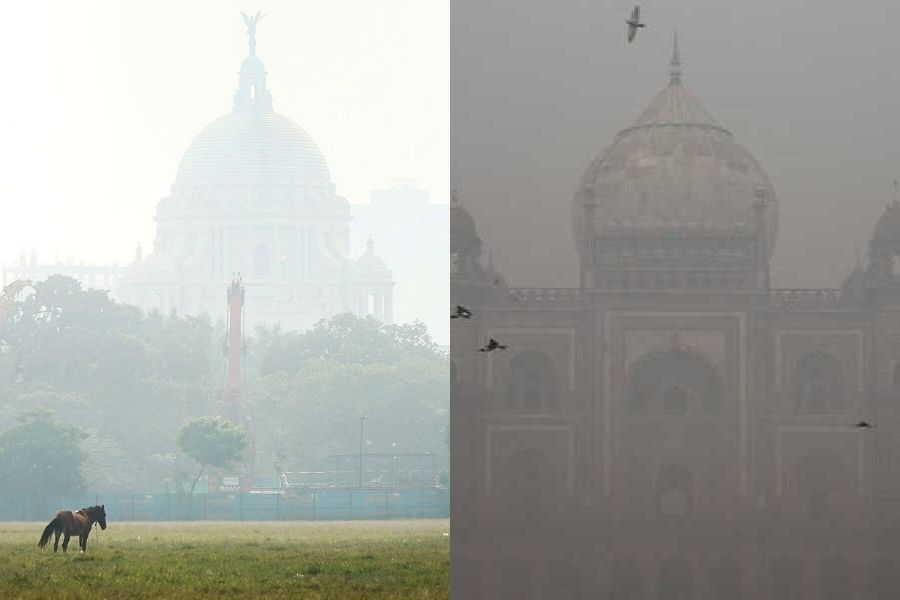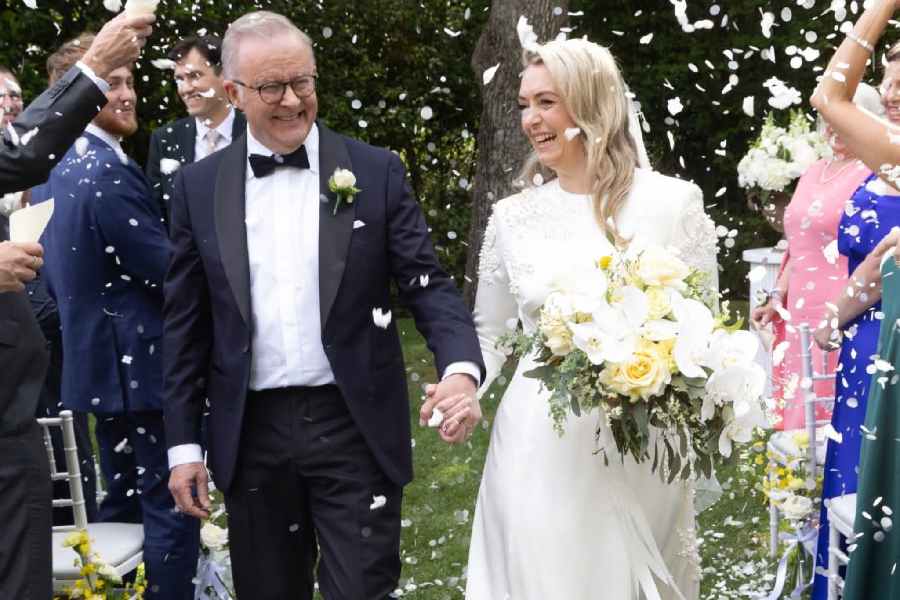q What inspired you to pursue science?
Mathematics and physics always came easily to me. In high school and college, I read books by physicists like (Werner) Heisenberg and (Isaac) Newton. Their words impressed me and sparked my interest in physics. I took a break for two years between college and university. When I eventually returned to academics, I still wasn’t sure whether I wanted to pursue mathematics or physics, so I studied both. It was only after earning my bachelor’s degree that I realised that physics was my true passion. My background in mathematics turned out to be very useful, so I continued to pursue both fields.
q You have made significant contributions to both theoretical and experimental physics. What made you want to get involved in experimental research?
During my doctoral research, I focussed on theoretical physics, which I loved. After my postdoc, I joined a startup working on classical optical communication. This was just before the Internet boom. It provided valuable applied physics training, and I really enjoyed it. I am proud to be a physicist who combines theory, experimental physics and engineering. The most exciting part of physics is when theoretical understanding leads to real-world applications, as in telecom. This cross-disciplinary approach brings fresh insights to both theory and experiments. I think it is a shame when people limit themselves to just one area — theorist, experimenter or engineer — when you have the opportunity to explore all aspects of physics. It requires extra learning and perseverance, but it is incredibly rewarding.
q Could you talk about some of the experiments you have conducted?
As a theorist, I was fascinated by Bell’s inequality, which I first encountered while on holiday in Kerala over 40 years ago. I decided it would play a key role in my work. Later, while working at a startup, I realised that Bell’s inequality and quantum cryptography could be applied to optical fibres, a field I was learning about those days. I became one of those few people who understood both the theory of quantum cryptography and the polarisation effects in optical fibres, making it natural for me to combine them.
q How did you integrate the experimental aspects with your theoretical expertise?
I thought demonstrating quantum cryptography in optical fibres was a simple idea, but telecom engineers did not understand Bell’s inequality, and theorists did not know about polarisation effects in fibres. My first experiments in quantum cryptography were simple, and as I advanced, they became more complex and interesting. I even bought a single-photon detector to explore quantum physics in a classical telecom lab. Eventually, I realised it could be used to demonstrate quantum cryptography in fibres. With my student, Antoine Muller, we quickly demonstrated this use of special fibres and later moved to standard telecom fibres, where we contributed to developing single-photon detectors compatible with them.
q You once wrote that besides geometric time, there is also creative time. What is creative time?
Time is a fundamental concept in physics, but it is often oversimplified. In both Newtonian and quantum physics, time is treated as just an evolutionary parameter, and in relativity, it is considered a fourth dimension. However, time may be more complex than this. I am exploring the idea of creative time wherein events are not predetermined but happen randomly, especially in quantum mechanics and chaotic systems such as the weather. This randomness — which is accepted in quantum mechanics — suggests that time involves unpredictable creative events. I believe studying these non-deterministic events could offer new insights into time, although it is a complex and less-explored topic in physics. It is also approached differently in biology, where processes and biological clocks are governed by different laws. Neither is entirely right nor wrong, but both are useful and may be connected in ways that are still unclear. While this is a challenging subject, I find it fascinating. I am working on experimental proposals.
q How would you define a scientific outlook?
Increasingly, many people, especially in Europe and the US, no longer understand or respect science and expertise. This stems from an education system that does not teach critical thinking or rational debate. We need to train students to understand what we know, what we believe and what remains uncertain, so they can engage in rational discussions.
q The relationship between religion and science is a much-debated topic. What is your take?
Religion and science seek different types of answers, so there should not be a major conflict between them as long as both sides recognise their boundaries. Scientists should not claim to understand God and religious people should not claim to understand science. While science often provides more practical answers, there are certain profound questions where philosophy or religion might offer more meaningful insights.

